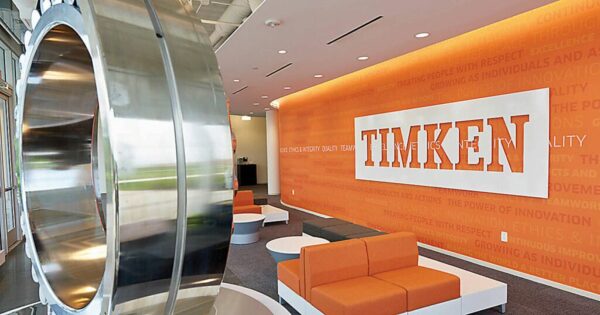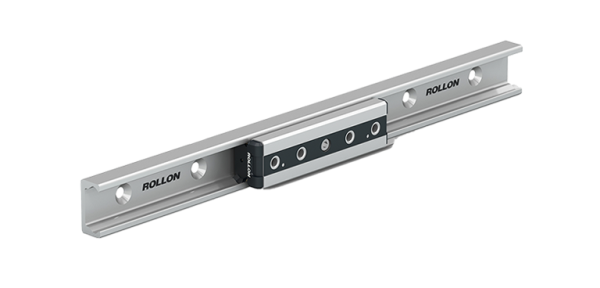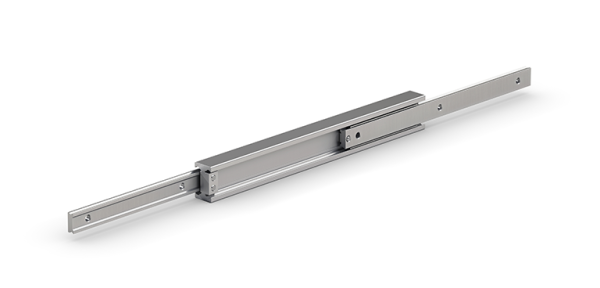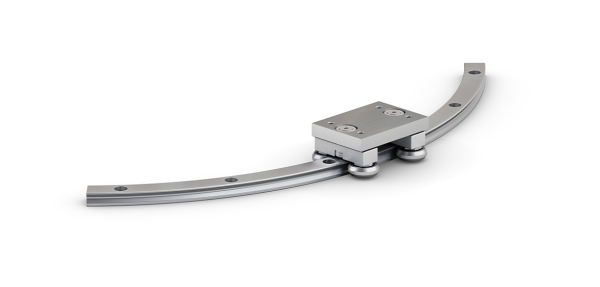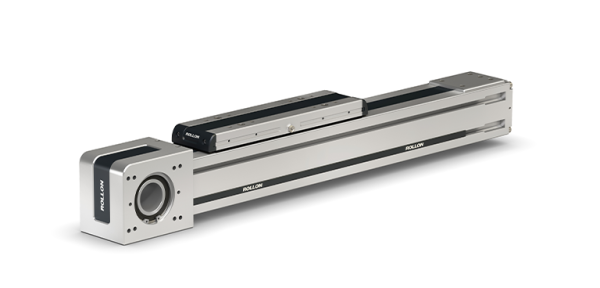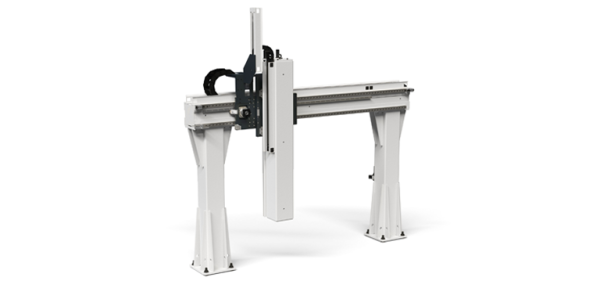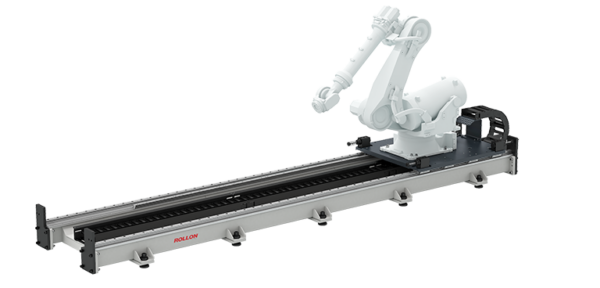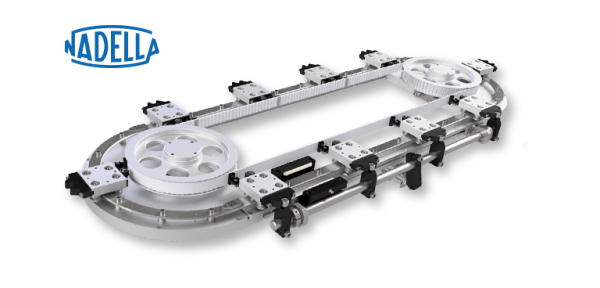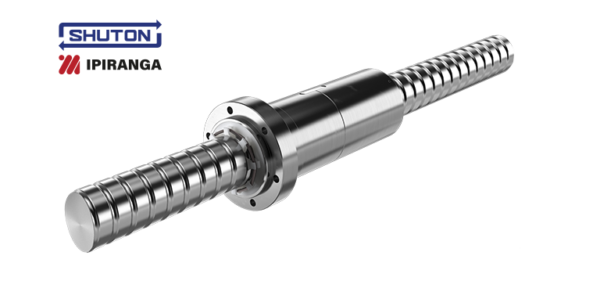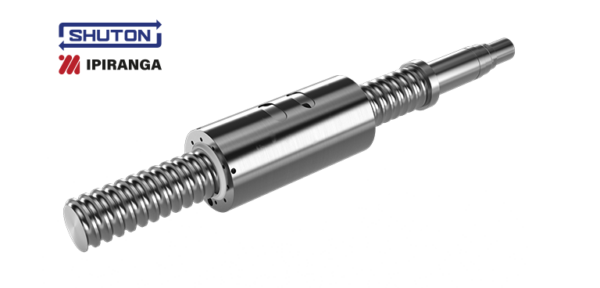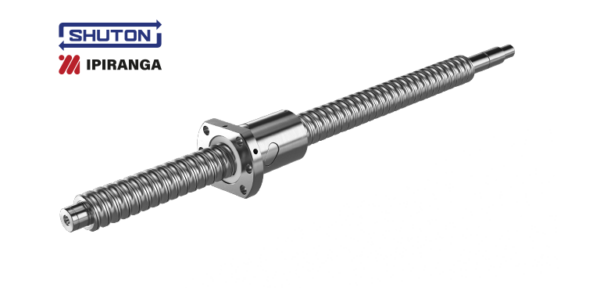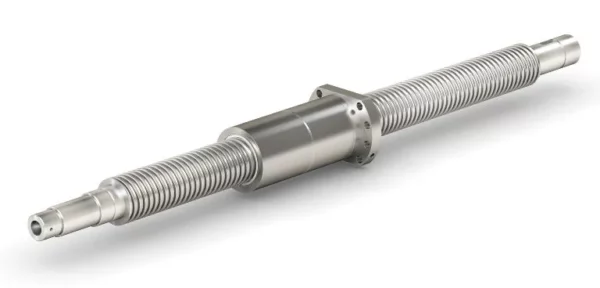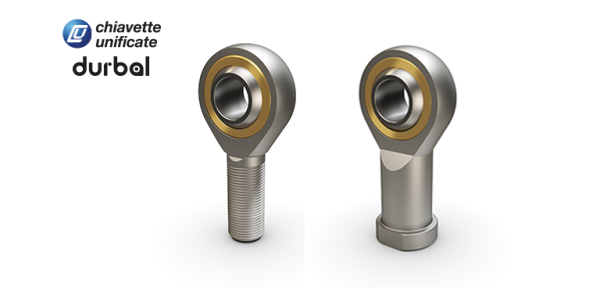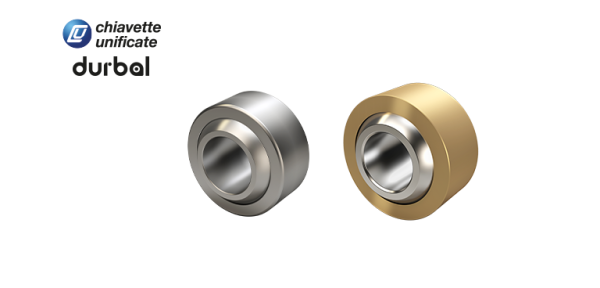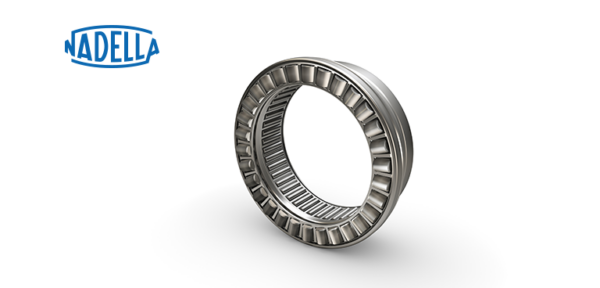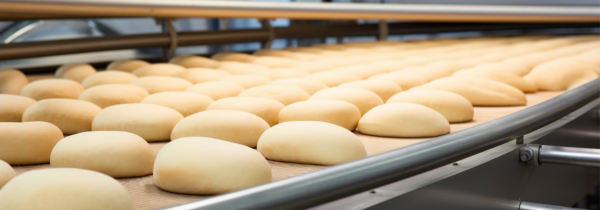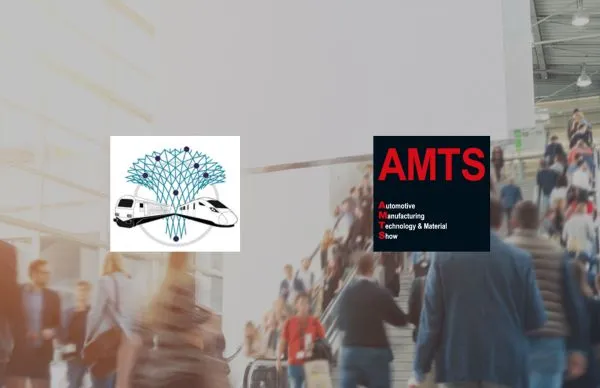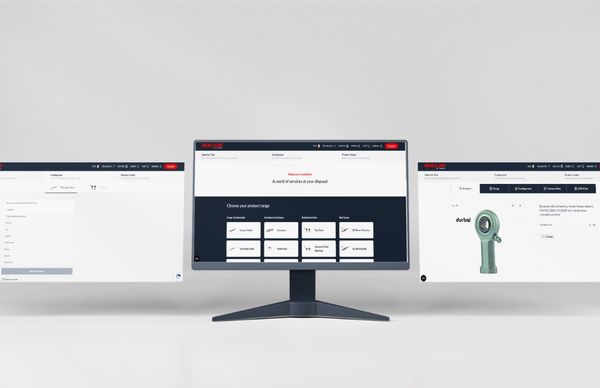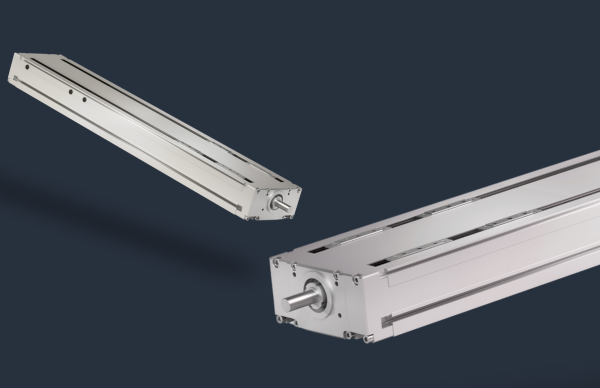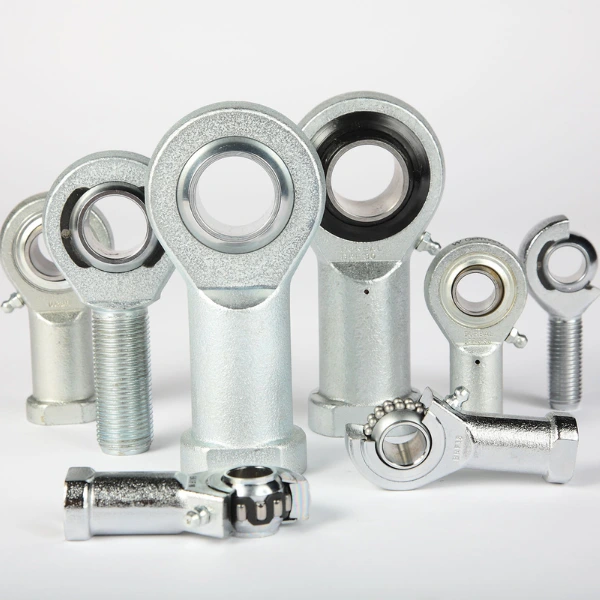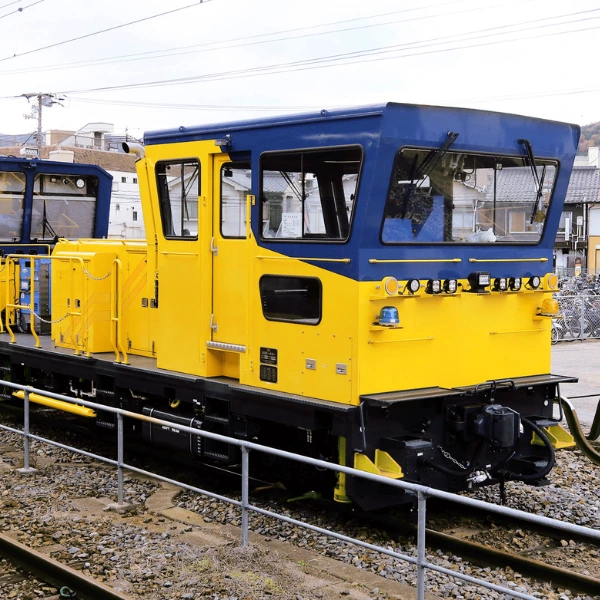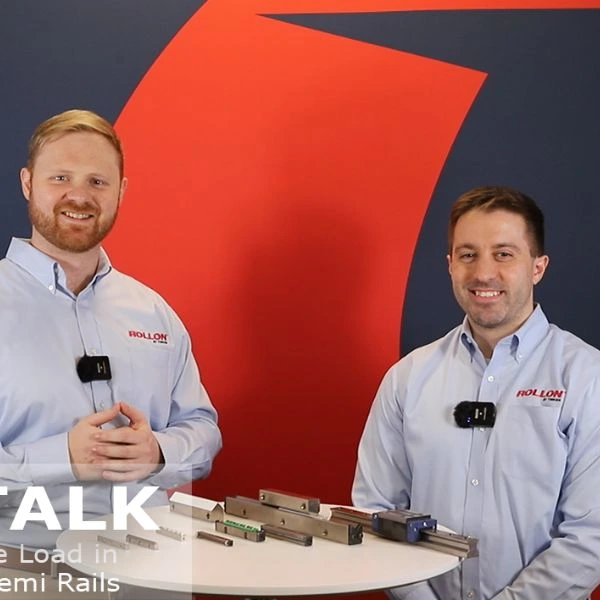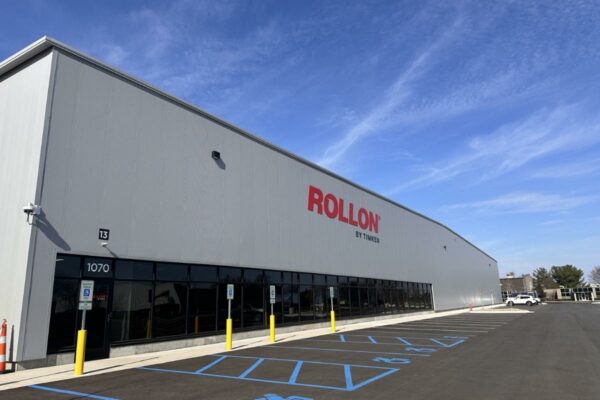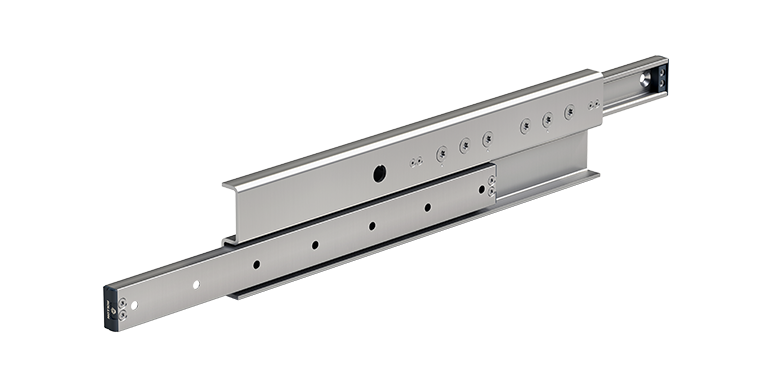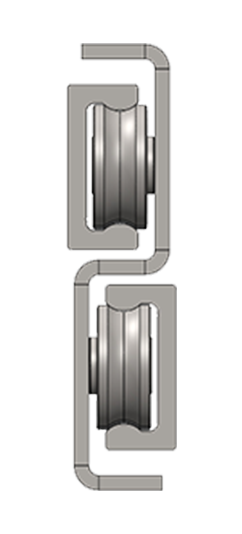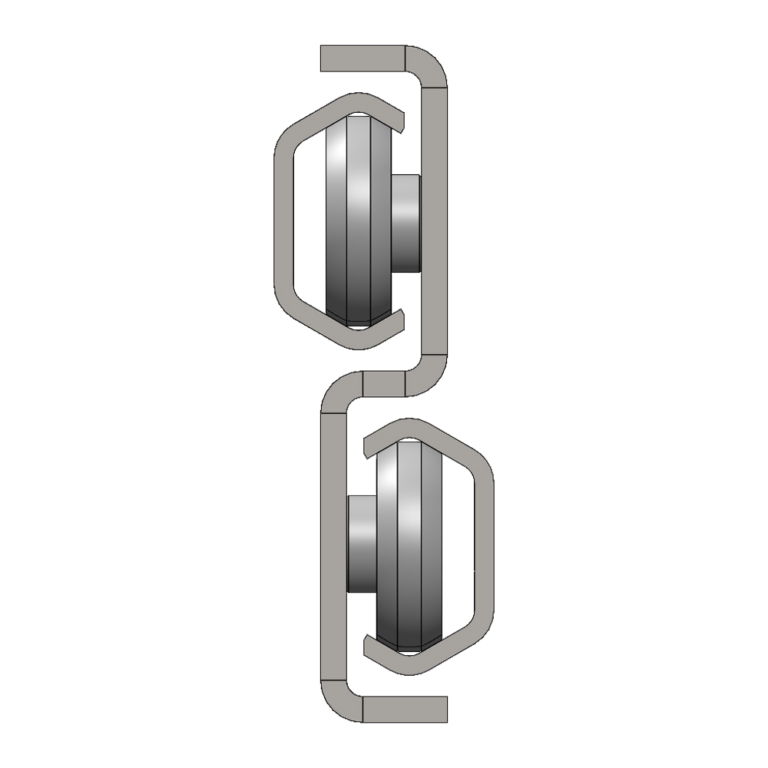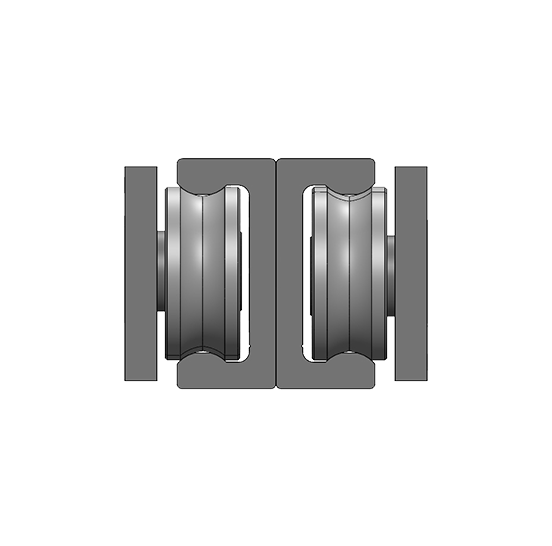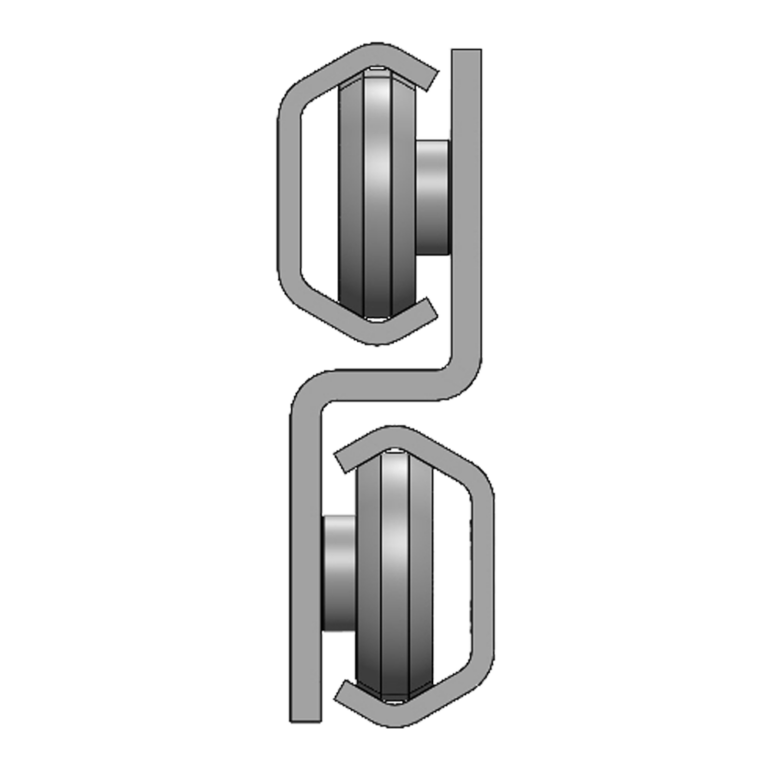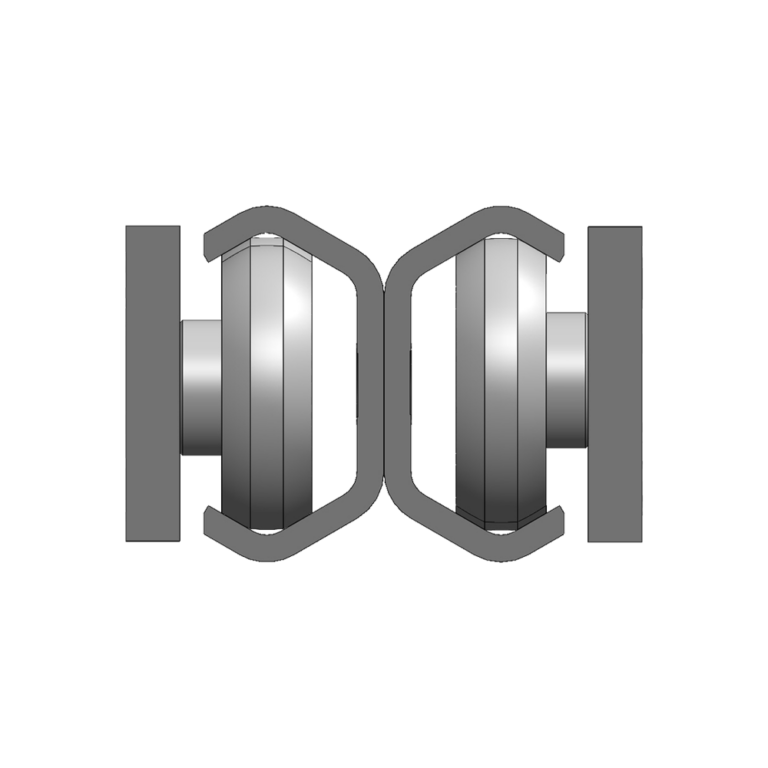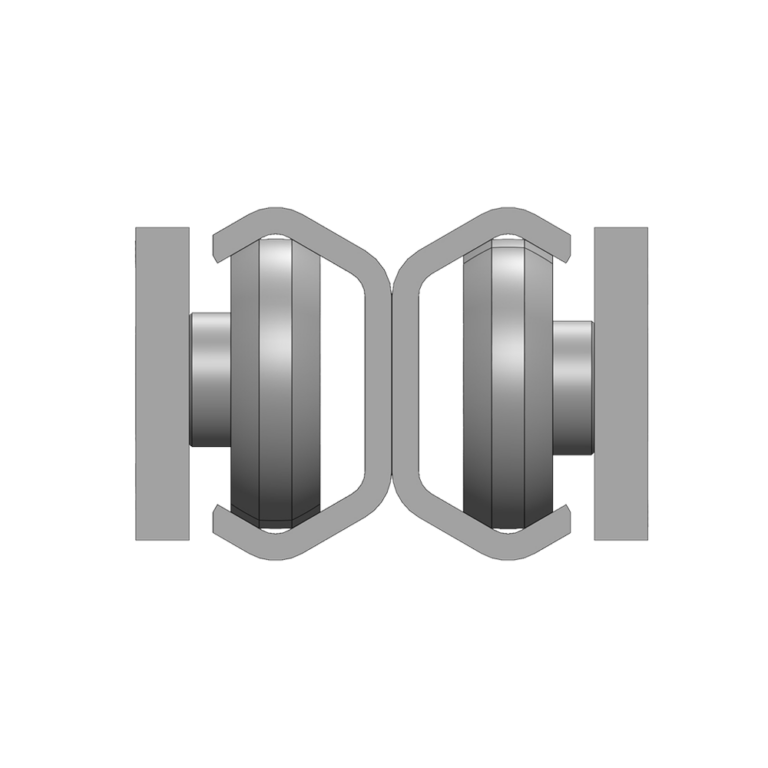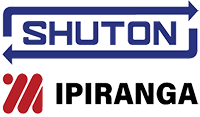Heavy-duty telescopic rails are an attractive option for many industrial applications, with models offering full or partial extension and a variety of cross sections and intermediate elements. However, these versatile guides have their limitations. Machine designers encounter the most significant limitation — cage creep — when using standard ball bearing telescopic slides that have ball cages.
Cage creep is particularly troublesome for automated machinery — and it can happen fast. It occurs when the cage and balls fall out of phase, creeping into the rail. When the balls move, the rail’s short strokes can jam the motor before the guide reaches full extension. In other cases, the machine can slam through its motion. Either way, the rail can bend, or the rail stops can sheer off, causing the ball bearings to fall out. The rails themselves can even sheer off. Vertically oriented rails are the most common reason for cage creep because they create extra gravitational forces that cause the balls to shift downward.
Avoiding Cage Creep With the Right Telescoping Guides
When it comes to solving cage creep, you have a few options. You can opt for a non-telescoping rail or even try a do-it-yourself approach. However, some telescopic rails are constructed to handle cage creep. For example, roller bearing telescopic rail products like our Telerace TLQ, TQN or TQAX rails are well-suited for industrial applications requiring vertical telescopic motion. Instead of rollers that float inside the cage, these bearings feature a cageless design with hard-mounted rollers to eliminate short strokes. And their I-beam shape allows them to hold loads in all directions.
Our Telerace family of telescopic guides is desirable for high-frequency applications like motorized automation. In addition to solving cage creep, the TLQ, TQN and TQAX rails also feature:
- A square cross-section to achieve good load capacities
- Compact size and light weight for vertical orientation
- Sealed rollers to resist contamination
- Long lifetime without wear
- Surface treatments to resist corrosion
These guides are available in sizes up to 43 millimeters and maximum stroke lengths of 1,970 millimeters.
Mount Telescoping Guides Vertically Without Cage Creep
In motorized automated machines, vertically mounted guides can develop cage creep issues that can cause serious damage. To avoid cage creep, consider cageless telescoping guides with hard-mounted rollers and an I-beam shape. Telescoping guides like our TLQ, TQN or TQAX can prevent cage creep and stand up to harsh industrial conditions to ensure long, reliable operation.
For more information on Rollon’s Telerace telescopic rails, visit our product page.


